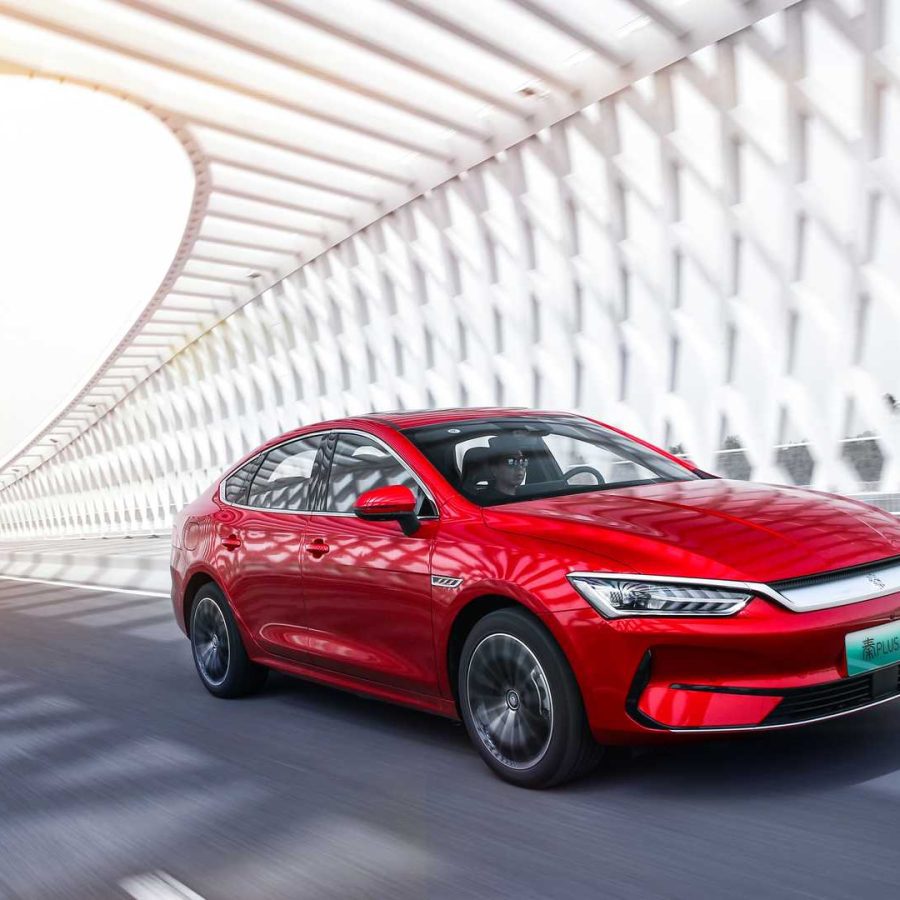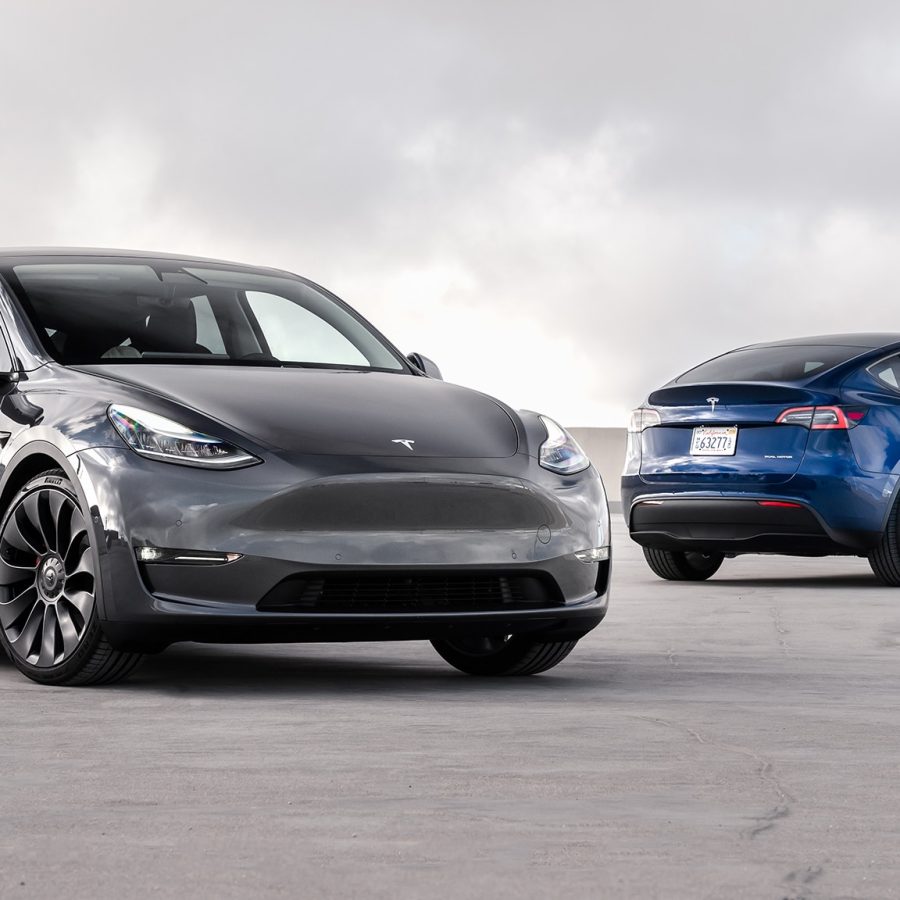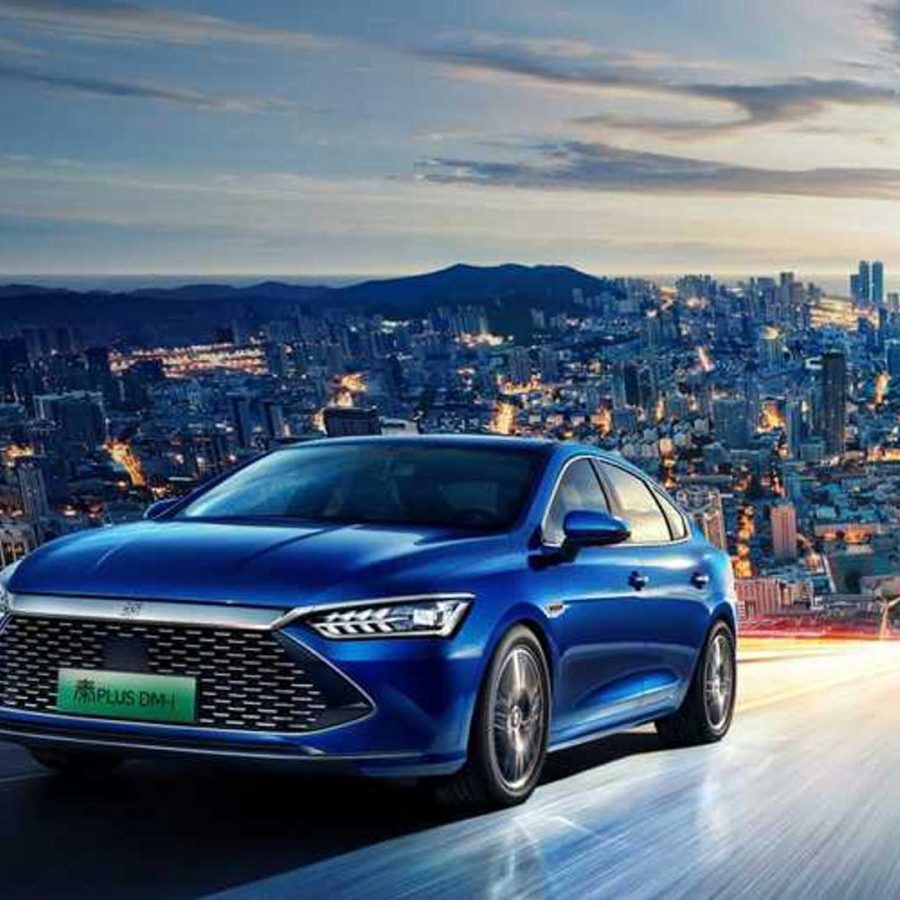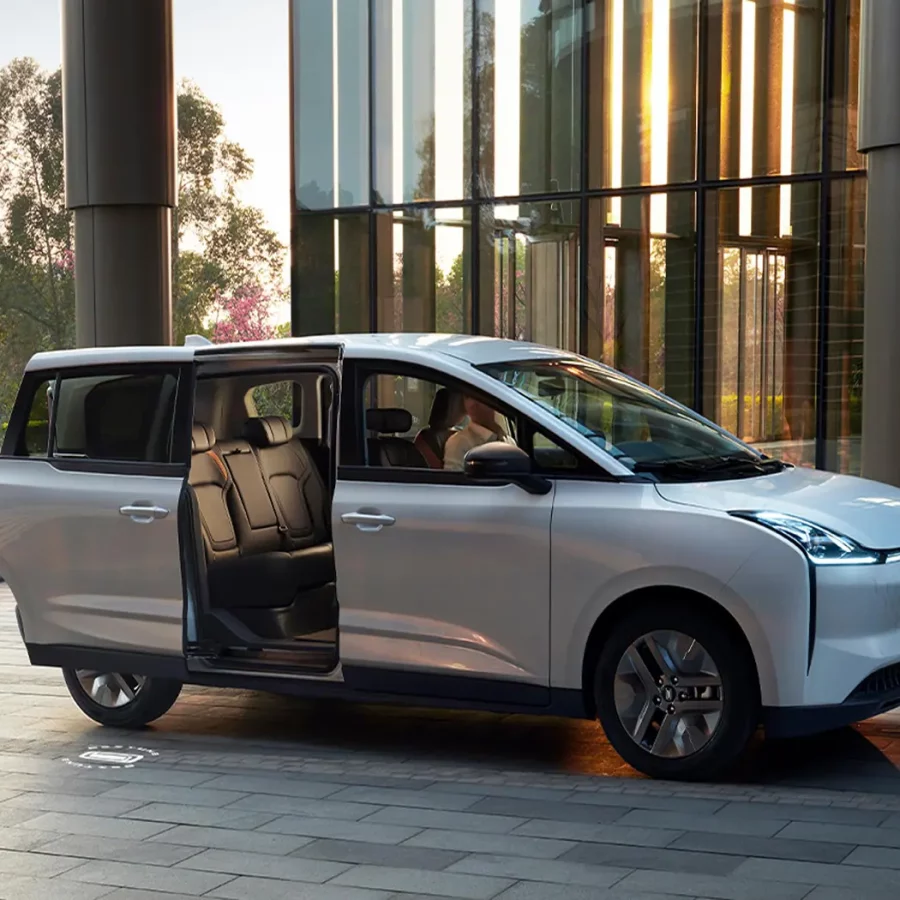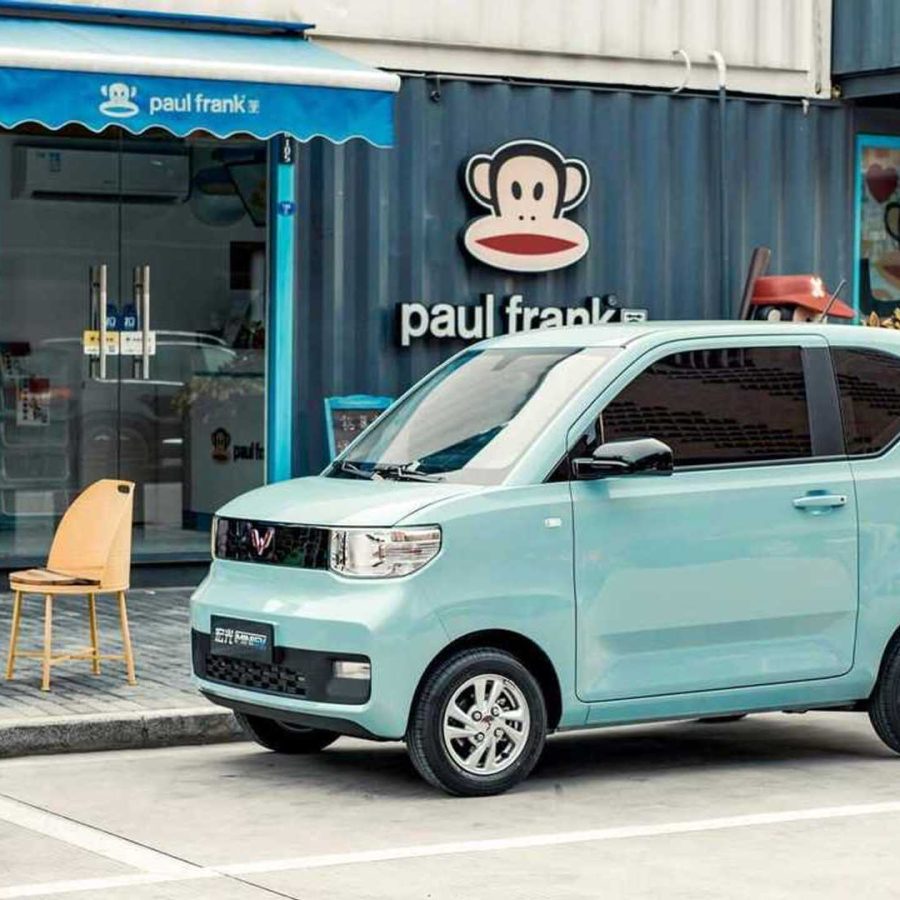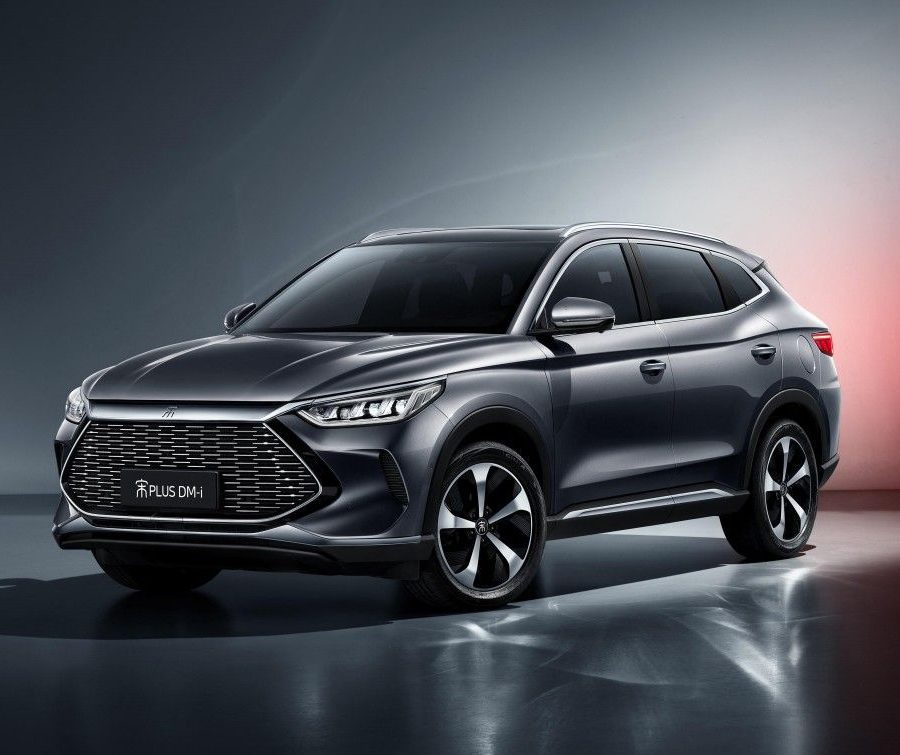2022 China Automotive Sales Research
Vehicle sales in China in 2022 were hit by a number of challenges, including the global semiconductor shortage, supply chain disruptions, and COVID-19 lockdowns. As a result, total vehicle sales fell by 4.1% to 26.86 million units, the first decline since 1992. Despite the overall decline, there were a number of positive trends in the Chinese vehicle market in 2022. One of the biggest trends was the continued growth of new energy vehicles (NEVs). NEV sales more than doubled to 6.89 million units, accounting for 25.6% of total vehicle sales. This was driven by a number of factors, including government subsidies, increasing consumer awareness of the benefits of NEVs, and a growing selection of NEV models to choose from. Another key trend in the Chinese vehicle market in 2022 was the rise of domestic automakers. BYD, Changan, and Geely all outpaced their foreign rivals in terms of sales growth. This was due in part to the fact that domestic automakers have been able to adapt more quickly to the changing needs of Chinese consumers, such as the demand for NEVs. NEV sales more than doubled in 2022, accounting for 25.6% of total vehicle sales. This was driven by a number of factors, including government subsidies, increasing consumer awareness of the benefits of NEVs, and a growing selection of NEV models to choose from. Domestic automakers BYD, Changan, and Geely all outpaced their foreign rivals in terms of sales growth in 2022. This was due in part to the fact that domestic automakers have been able to adapt more quickly to the changing needs of Chinese consumers, such as the demand for NEVs. Foreign automakers such as Volkswagen, Toyota, and Honda all saw their sales decline in China in 2022. This was due to a number of factors, including the increasing competition from domestic automakers, the global semiconductor shortage, and supply chain disruptions. The impact of COVID-19: COVID-19 lockdowns had a significant impact on vehicle sales in China in 2022. Lockdowns in major cities such as Shanghai and Shenzhen led to factory closures and disruptions to the supply chain.


